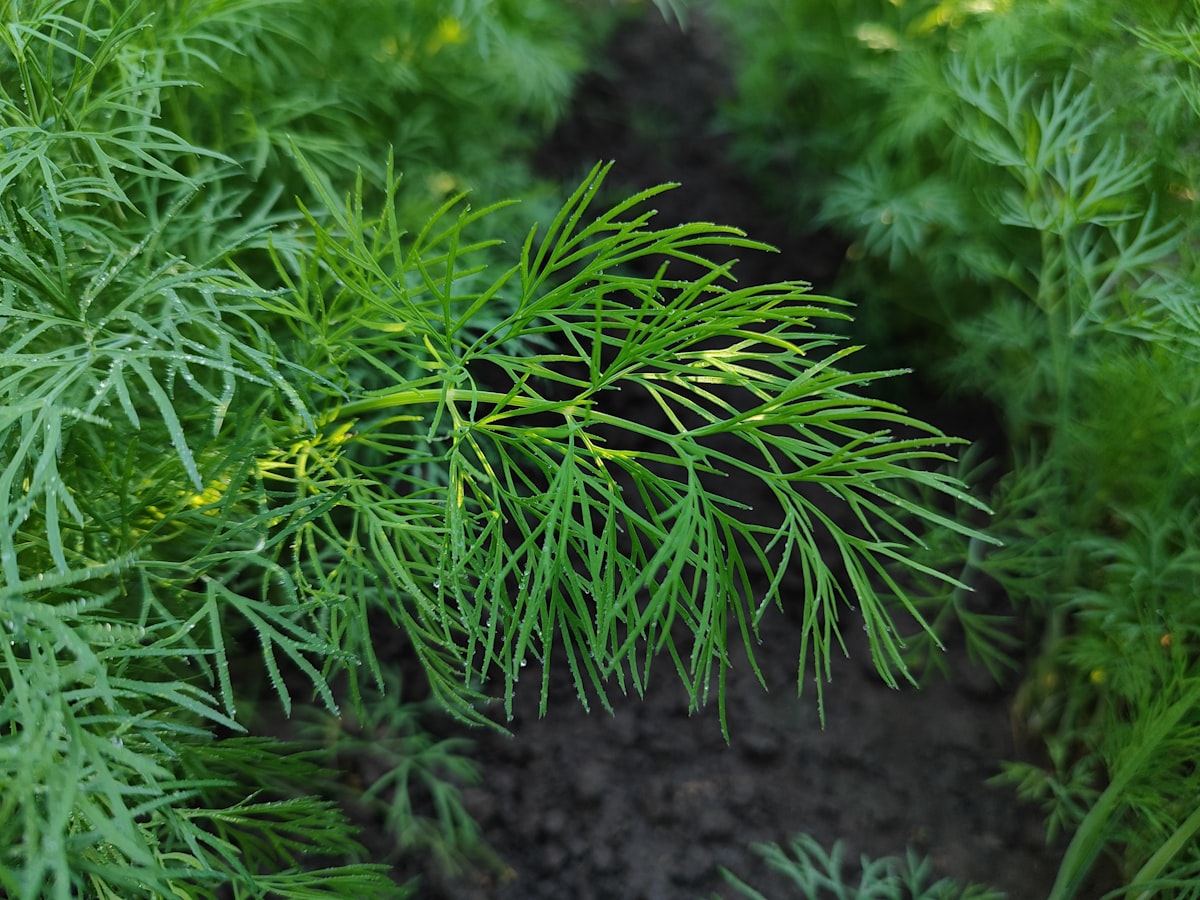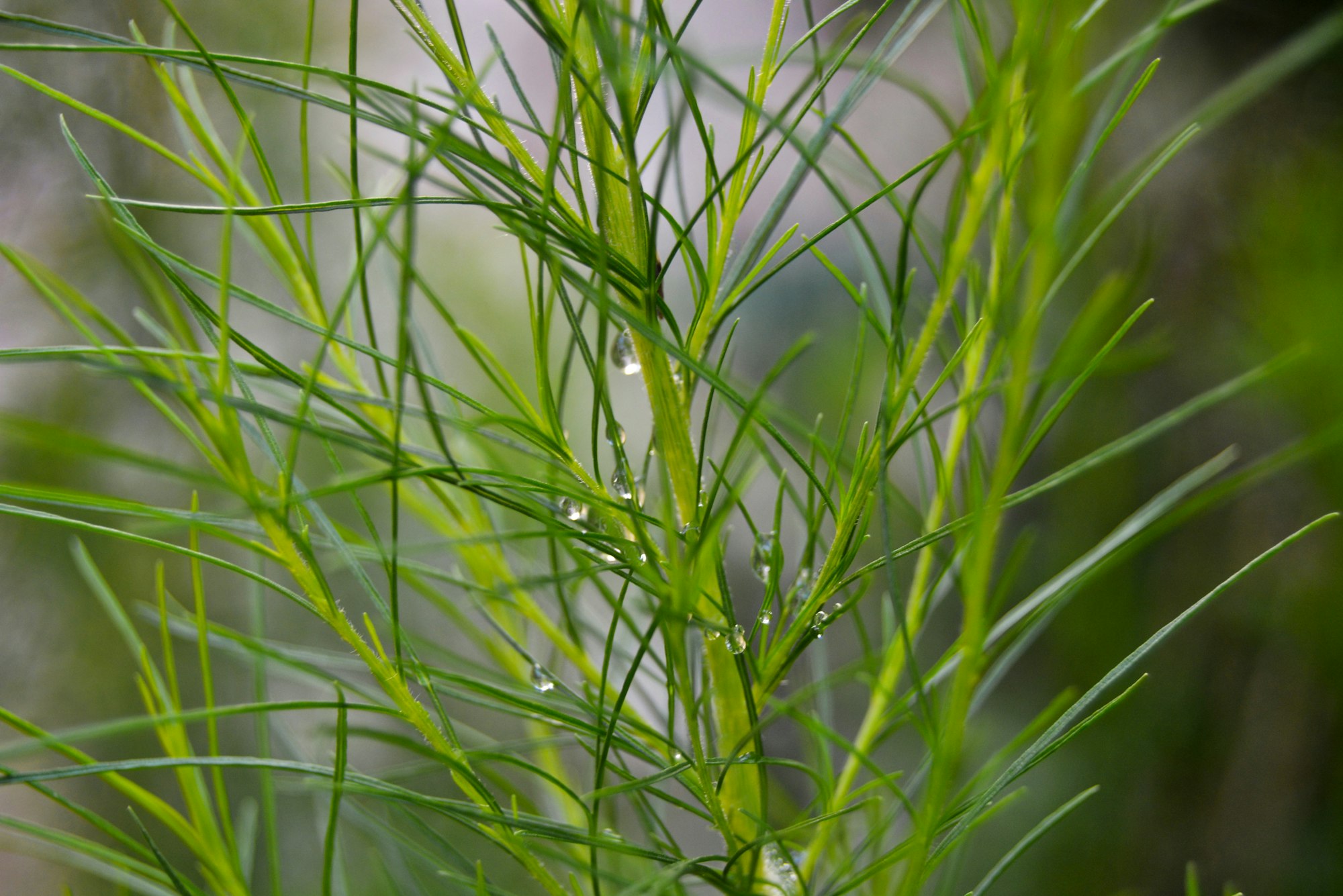How to Grow Dill
Dill is a versatile and flavorful herb that adds a delightful touch to various dishes, making it a popular addition to any garden. Easy to grow, this aromatic plant thrives in well-drained soil and full sunlight, making it suitable for cultivating alongside other green herbs in your garden.

Table of Contents
When planting dill, ensure that the soil has a slightly acidic to neutral pH level to provide optimal conditions for growth.
As a hardy herb, dill can tolerate some shade, but it flourishes when exposed to ample sun throughout the day.
About Dill
Anethum graveolens, or dill, is a feathery, green herb with delicate foliage. It is widely used for its flavorful seeds and leaves in various culinary dishes.
Dill is an easy-to-grow plant that thrives in full sun and well-drained, slightly acidic to neutral soil.
It attracts butterflies and is also an excellent addition to your garden ecosystem.
Growing Dill
Sun and Temperature
When planting dill, choose a spot with full sun exposure. Ideally, the plant should receive at least 6 to 8 hours of sunlight daily.
When planting, ensure the soil temperature is between 60 and 70 degrees Fahrenheit during the spring or summer.
Water and Humidity
Keep the soil consistently moist, but avoid over-saturating it. Water your dill as needed, giving special attention during dry spells.
Dill prefers a moderate humidity environment, so avoid overly damp areas.
Soil
Provide slightly acidic soil with a pH between 6 and 7 for optimal growth.
Enrich the soil with organic matter to improve drainage and support strong root development.
If planting dill in a container, use a well-draining potting mix and provide proper drainage holes to prevent root rot.
Fertilizer
In general, dill does not require heavy fertilization.
However, a slow-release organic fertilizer can be applied at the beginning of the growing season to encourage healthy growth.
Be cautious not to over-fertilize, as it may cause the plant to produce fewer flavorful leaves and more stem growth.

Caring for Dill Plant
Repotting
When growing dill, ensure the plant has well-draining soil and receives at least 6 to 8 hours of full, direct sunlight daily.
For container plants, transplant dill as it outgrows its pot into a larger container to support its growth.
Pruning and Propagation
Water your dill moderately, keeping the soil moist but not overly wet. Prune the plant by pinching off the growing tips to encourage bushier growth.
To propagate, sow seeds every 2 to 4 weeks for a continuous harvest, and keep in mind that seeds take around ten days to 2 weeks to germinate.
Troubleshooting Plant Problems
Growing Problems
Ensure your dill plant receives at least 6 hours of sun daily. If it's in the shade, trim surrounding vegetation or move the potted dill to a sunnier location.
Dill germinate best with soil temperatures between 60 and 70 degrees Fahrenheit, so avoid planting too early in the season.
Pests and Diseases
Aphids are common pests for dill plants. Control them by releasing ladybugs or applying a neem oil solution.
Two fungal diseases affecting your dill plant are Cercospora leaf blight and damping off.
To prevent them, use disease-free seeds, rotate crops, and apply fungicide sprays as directed.
Companion Planting
Proper companion planting helps your dill thrive and avoid various pests and diseases.
Pair dill with cabbage, lettuce, or onions, but avoid planting it near tomatoes or carrots.
These pairings help to attract beneficial insects while deterring potential pests like aphids and spider mites.
Conclusion
Growing dill in your garden can provide a versatile herb widely used in many culinary dishes, including dill pickles.
Its aromatic leaves and seeds offer a unique flavor, making it a popular ingredient in various recipes.
Dill is an easy-to-grow herb, thriving best in well-drained, slightly acidic soil and full sun exposure.
Incorporating dill into your cooking, whether fresh, dried, or used for pickling, enhances your dishes' overall quality and taste.
Following proper planting and care tips, you can enjoy the benefits of this hardy and attractive herb in your garden, allowing you to experiment with new and delicious recipes.
Frequently Asked Questions
What are the ideal growing conditions for dill?
Dill thrives in well-draining, slightly acidic soil with a pH between 5.8 and 6.5. Ensure you plant your dill in a sunny location, as it requires 6-8 hours of sunlight daily.
What are good companion plants for dill?
Some suitable companion plants for dill include vegetables like cucumbers, lettuce, and onions. Dill also pairs well with some herbs, such as basil and cilantro. However, avoid planting dill near carrots and tomatoes.
How tall does dill typically grow?
Dill plants can grow between 2 to 4 feet tall, depending on the variety and growing conditions. Always give your dill plants plenty of space, as they may require staking to keep them upright.
Is dill an annual or perennial plant?
Dill is an annual plant that completes its lifecycle within one growing season. After producing seeds, the plant will die, but new dill plants may sprout from self-sown seeds the following year.
What are some tips for harvesting dill?
Snip dill leaves when the plant is young and tender, as they provide the best flavor. To harvest dill seeds, hang the flower heads upside down to allow them to mature and then collect the seeds when they're brown and dry.
How many dill plants should be planted per container?
Plant one or two dill plants per container with a minimum diameter of 12 inches for optimal growth. This will provide enough room for the plant's taproot and ensure a healthy, productive plant.


